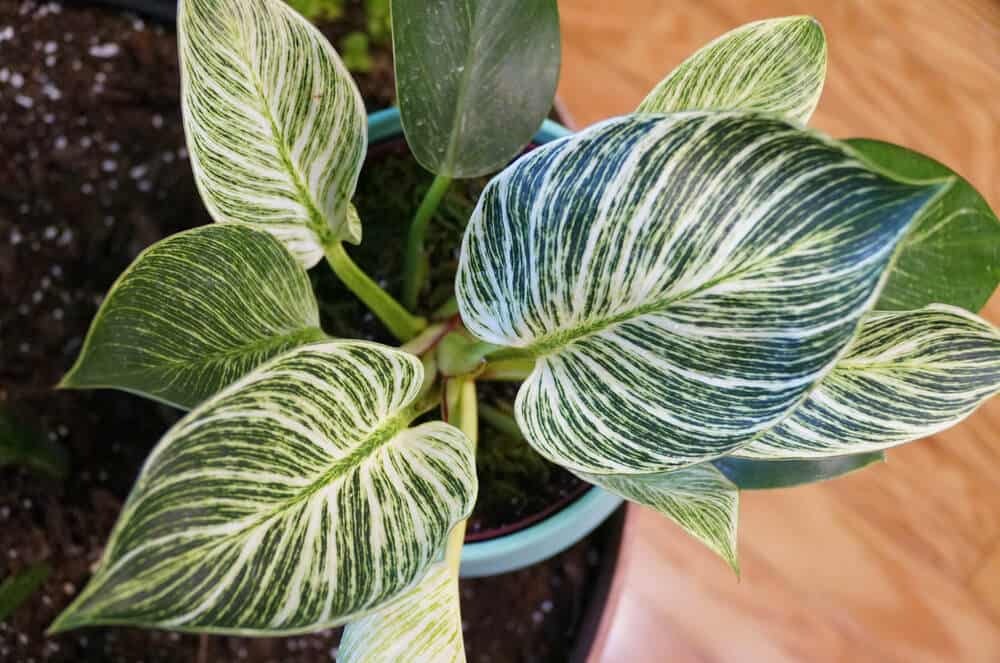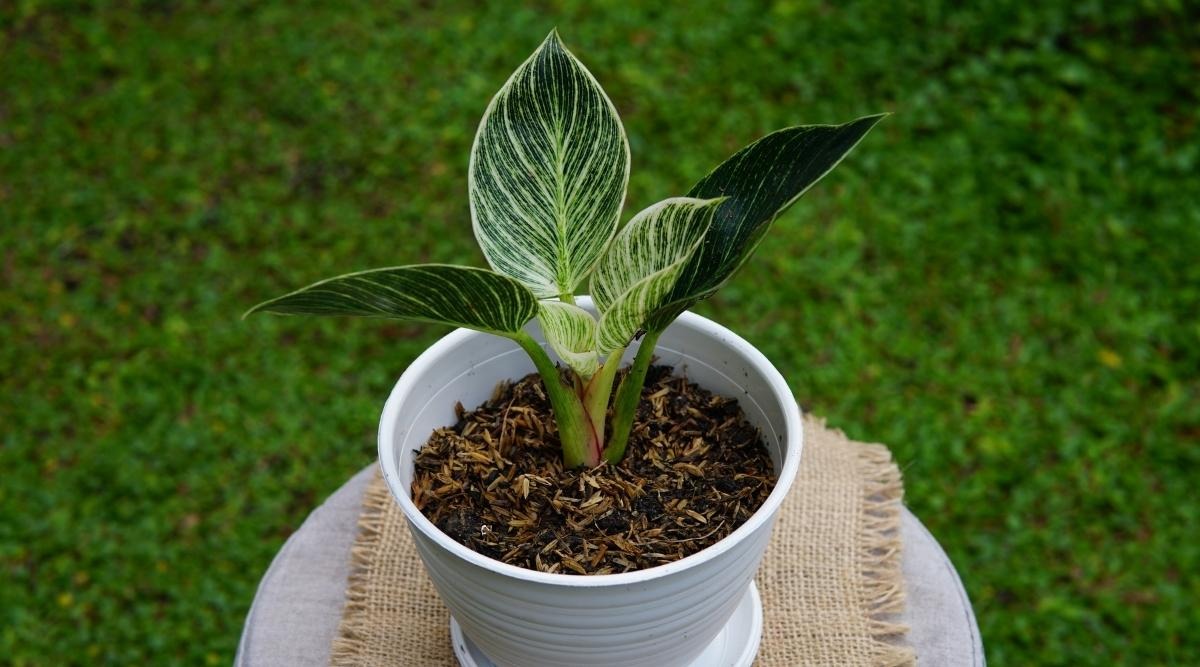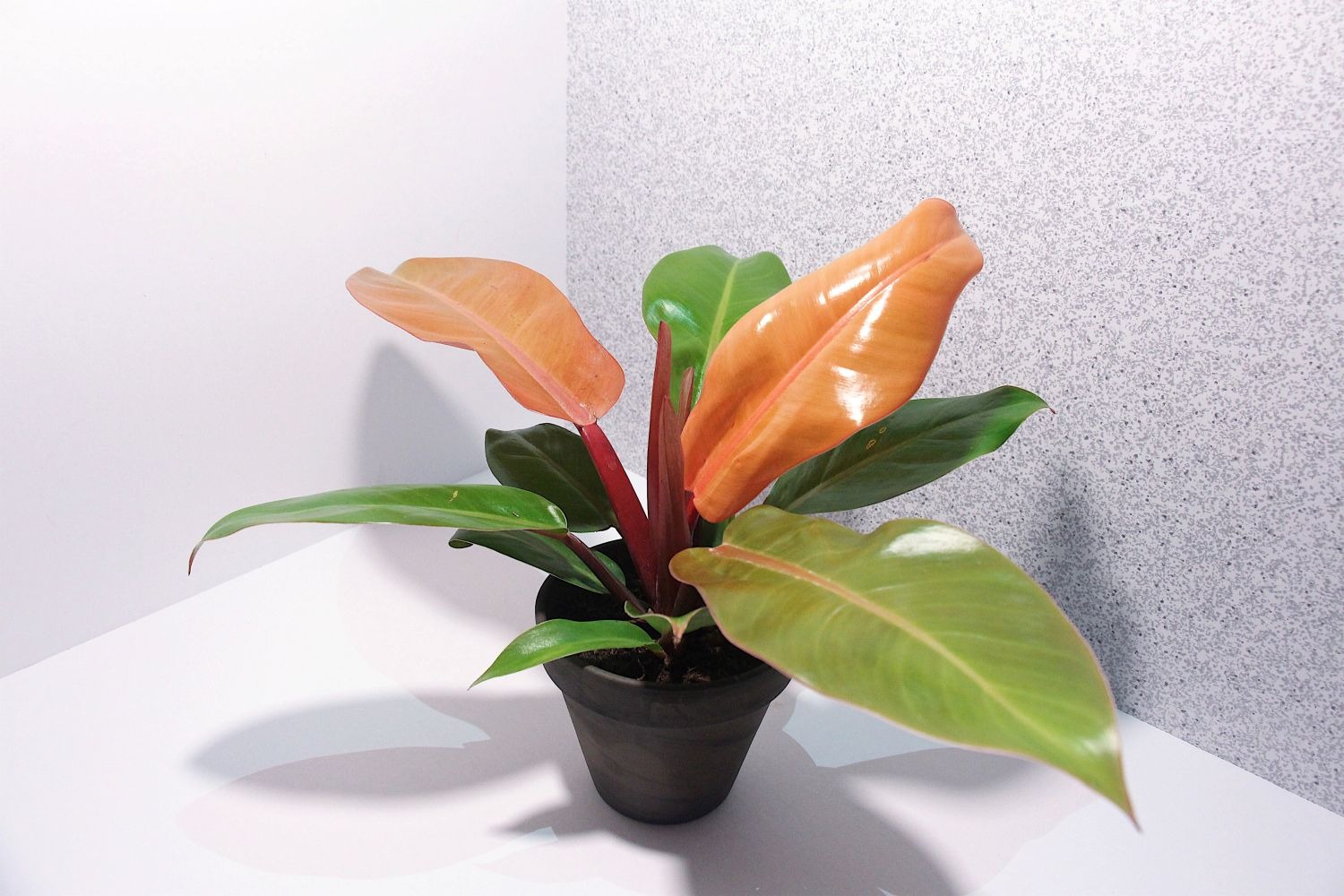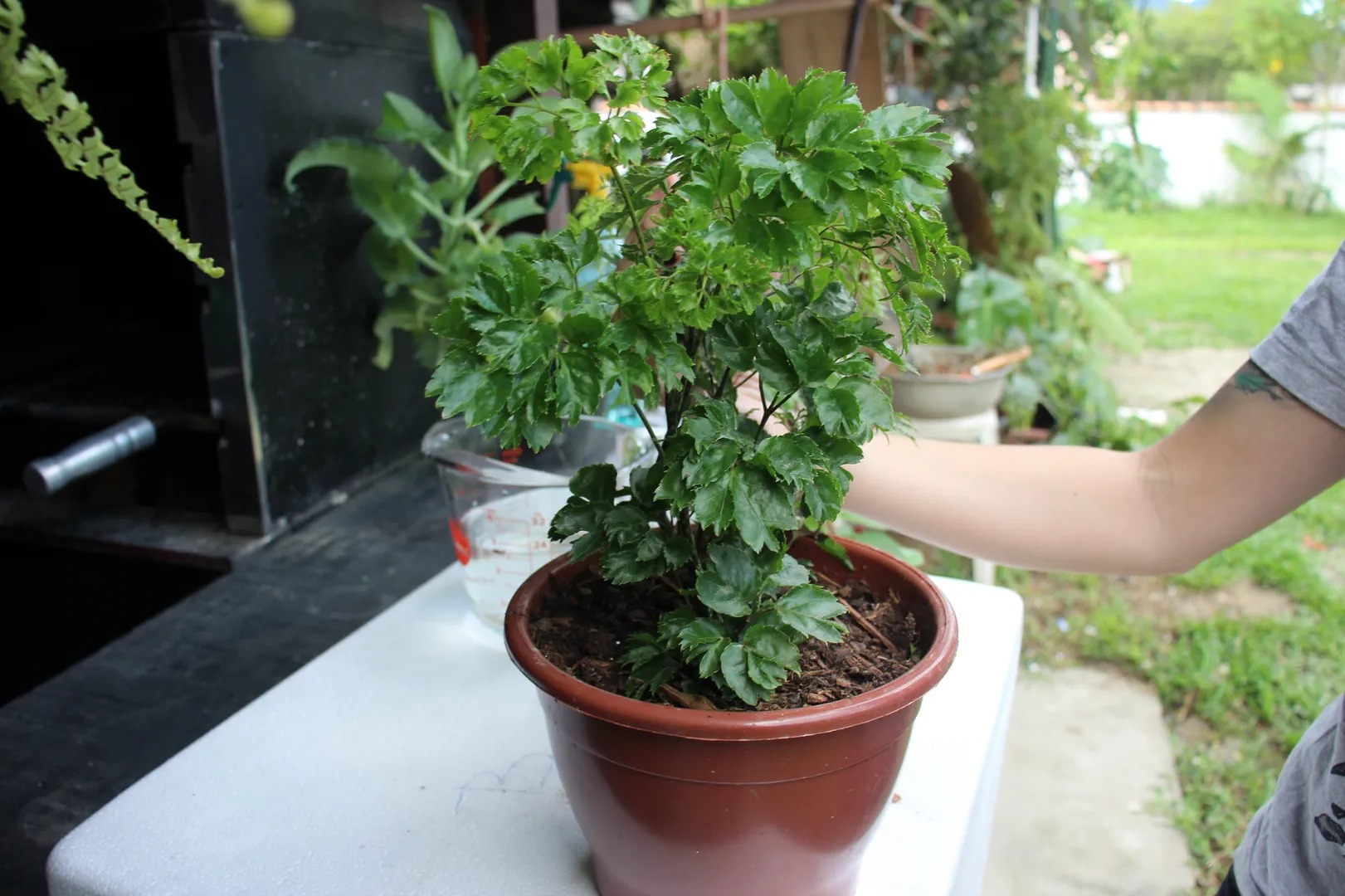Not only does this captivating newcomer look good, but taking care of Philodendron Birkin is a breeze. It is easy to see why this new Hybrid is admired by experienced growers and new plant parents. If you are looking for a compact, easy-to-care and decorative plant, you have just found your ideal houseplant!
Colorful indoor plants are now a super hot trend, and Philodendron Birkin does not disappoint. The pretty dark green leaves have white stripes that add style to any group of indoor plants, but Birkin is also a jewel in itself.
Keep the leaves clean by gently wiping them with a damp cloth. Dusty foliage can disrupt photosynthesis. In addition, you want to admire these spectacular leaves. How big is Birkin? This Hill Philodendron is usually sold as a small plant, but will eventually grow to about 1 foot tall. These erect stems can extend about as widely. You can show a young plant by placing it on a plant stand.
Once rare and difficult to find, this Hybrid is now available in many garden centers and online nurseries. If you meet Birkin, buy it. Philodendron Birkin Care is child’s play – and you will love giving this adorable houseplant a place in your home.
Birkin indoor plant problems, solutions and answers
Yellow Leaves?

You’ve been drinking too much. This is the most common way to finish a houseplant. See the “water” tips below. Use a planter with drainage holes to avoid wet potting soil.
The brown tips of the leaves are formed by dry air. The indoor air can become extremely dry during the winter months, when the stoves are on and the fireplaces are blazing. It’s a good idea to use a room humidifier with a cool mist near your tropical plants to make you feel at home.
Wondering when to repot?
Spring is the best time to repot, when the plant begins its strongest growth phase. With Philodendron Birkin, care must be taken to ensure that only one pot size (1-2 inches / 2.5-5 cm) increases. This plant grows best if its roots are a little tight in the pot. Use a heavy pot to avoid tipping over, with drainage holes to avoid wet potting soil.
Is Philodendron Birkin harmful?

Yes, all philodendrons contain insoluble calcium oxalate crystals, which, when swallowed, are toxic to cats, dogs and humans. However, a large amount of leaves should be consumed to cause serious illnesses.
Is something annoying your plant?
Few pests interfere with philodendrons, but there are a few to watch out for. Scale insects look like white cotton-like spots, probably grouped along the stems. Remove them with a cotton swab dipped in alcohol. Wet peat loam mixtures can attract fungal mosquitoes. They look like tiny black flies and jump or crawl on the potting soil. If they multiply quickly, they can pass to your other indoor plants if they are not treated immediately.
Care for Philodendron Birkin
Origin: Hybrid of philodendrons from Central and South America
Height: 1 foot (30 cm)
Light: bright indirect light. Keep the Philodendron Birkin plant in a bright place, but not in direct sunlight, which can burn its leaves. Give your plant a quarter turn about every week to expose all sides to sunlight. Don’t you have a sunny window? It grows under fluorescent light, which makes it an ideal office plant.
Water:

Water thoroughly, then allow the top 1-2 inches (2.5-5 cm) to dry before watering again. Putting your finger in the potting soil can help you determine if your plant needs watering. However, a hygrometer for indoor plants is more accurate. Excessive watering causes the leaves to turn yellow and can eventually lead to root rot. With Philodendron Birkin, care must be taken to use water at room temperature, because cold water is a surprise for this tropical houseplant.
Humidity: tolerant of dry air, but these tropics love moisture. Try to maintain a relative humidity of 45% or more. Check out these simple ways to increase the humidity around your tropical plants. The brown tips of the leaves are a symptom of dry air.
Temperature: Medium to hot temperatures (70-80°F / 21-27°C) are ideal all year round. This warm Philodendron tolerates at least 60°F / 16°C.
Soil: peat moss-based potting soil with the addition of perlite to avoid wet potting soil.
Fertilizer: Feed every 6 weeks from spring to autumn with a water-soluble fertilizer with a high nitrogen content containing micronutrients. Do not feed in winter, when growth is slower.
Propagation: Take cuttings from a mature plant; Spring or summer is the best time for propagation, as this is the most vigorous growth period. Place the cutting in a moist potted mixture and keep the new cutting warm under indirect light (about 70°F / 21°C). The cuttings should take root in about 3-4 weeks.



